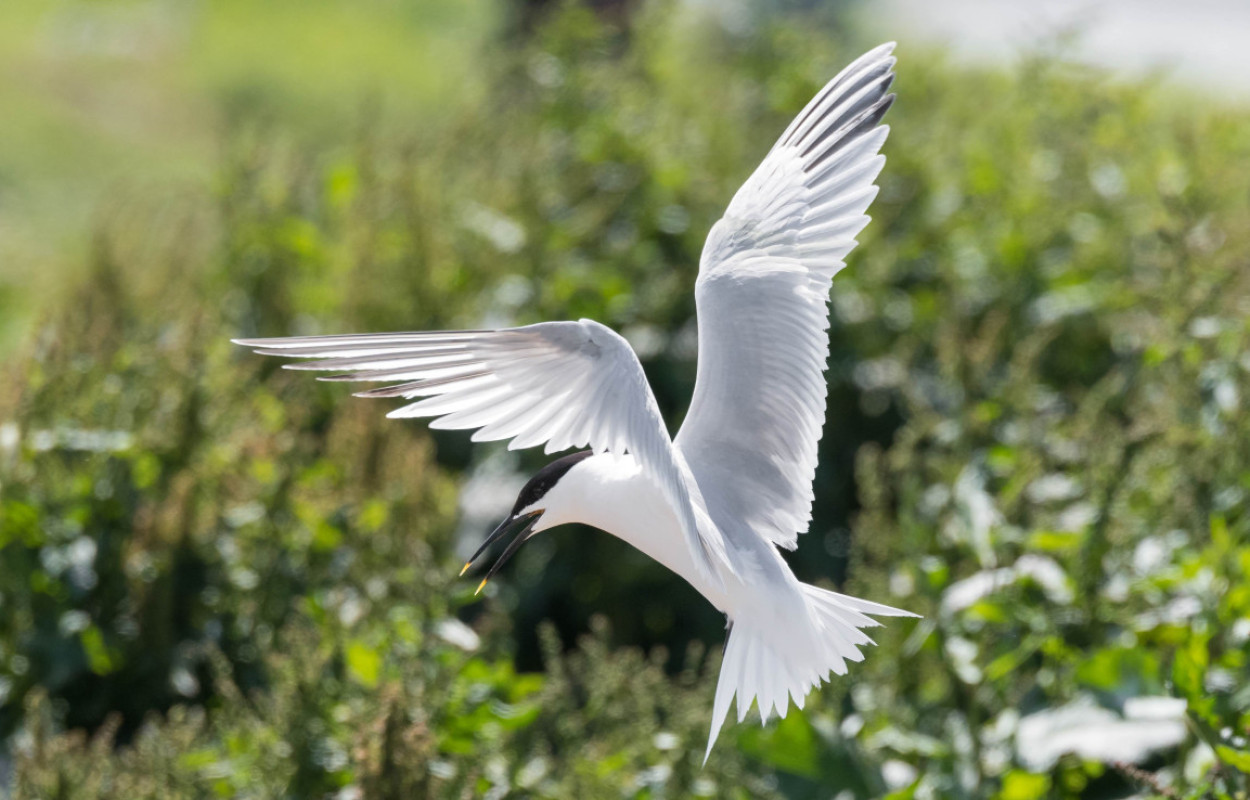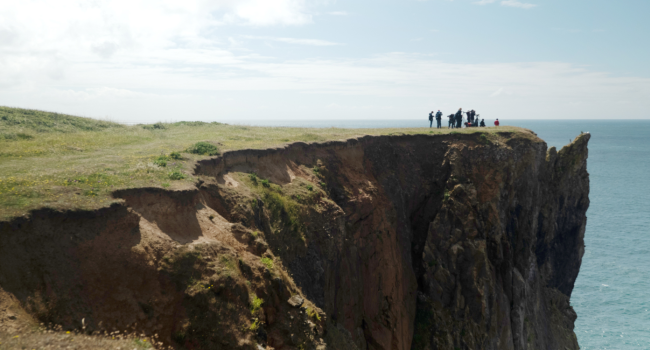Behavioural responses of Sandwich terns following the construction of offshore wind farms

Author(s): Thaxter, C.B., Green, R.M.W., Collier, M.P., Taylor, R.C., Middelveld, R.P., Scragg, E.S., Wright, L.J., Cook, A.S.C.P. & Fijn, R.C.
Published: January 2024
Journal: Marine Biology
Digital Identifier No. (DOI): 10.1007/s00227-023-04353-7
Between 2016 and 2019, BTO scientists fitted Sandwich Terns breeding at Scolt Head Island in Norfolk with long-life GPS tags which tracked the birds’ movements over multiple years. When the research began, there were five operational offshore wind farms within the distance that Sandwich Terns are known to fly on foraging trips. Two more offshore wind farms were under construction, and became operational during the course of the study.
The results revealed that Sandwich Terns entered offshore wind farms, but the extent to which they used these areas varied over time and between sites. For the two wind farms that were completed during the study, there was a marked reduction in the amount of time birds spent at these sites between the first and second year of operation. Although birds sometimes entered offshore wind farms while foraging, they appeared to avoid them when commuting between foraging areas and their colony. This created an apparent ‘funnelling’ effect between important feeding locations. The changes found could be driven by changes to the birds’ sandeel prey distribution, avoidance of wind farms, or changes in airflow patterns following wind farm construction.
The study shows that the responses of seabirds to offshore wind farms are many and complex. Further research is needed to fully understand the nature of these interactions, at a time when ever more wind farms are being constructed to mitigate the impacts of climate change.









Share this page